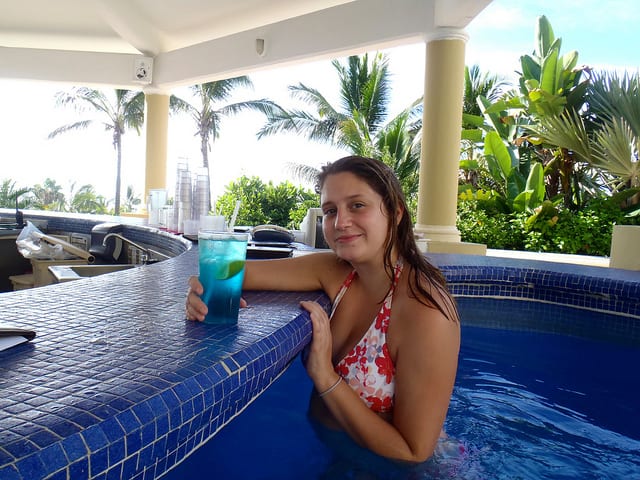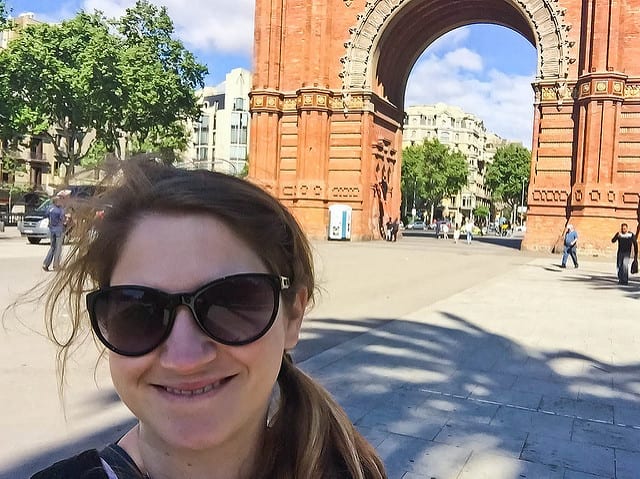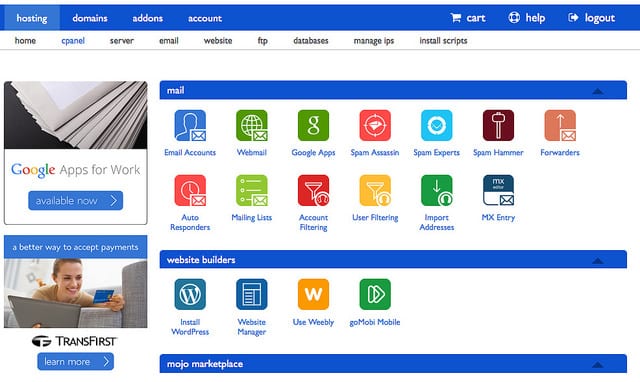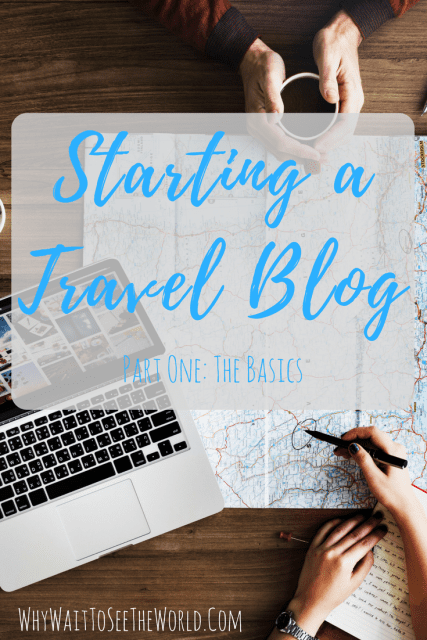I quietly celebrated a major milestone this week. On July 23rd, 2009, I published my first blog post on Twenty-Something Travel: The Twenty-Something Travel Manifesto.
Six years. Six years!

I’ve been travel blogging for six years, and during that time I’ve gone from 79 page views my first month to over 150,000 views a month on average.
More importantly:
- I quit my job and gradually built a business that allows me to be a full-time blogger and freelance writer.
- I’ve traveled all over the world, mostly on my own dime, but occasionally as a guest of tourism boards and companies.
- I met a guy at a travel blogging convention and a little while later, I married him. I lived in China, Argentina, and Mexico before finally making a home in Seattle.
- This blog has become a major resource site, with two wonderful staff writers (and possibly a third in the next few months) and many loyal readers.
- I’ve become a better writer (a published writer!) and a more confident and purposeful person.
It’s pretty safe to say that travel blogging has completely transformed my life.

Many other things have happened in the past six years: I’ve watched the travel blogging industry balloon from a small group of a couple hundred to literally thousands of aspiring bloggers. I’ve seen creative people doing fabulous work and entitled gimme-pigs who act atrociously. I’ve seen a lot of great opportunities and learning experiences evolve, but also a lot of get-rich-quick schemes and downright bad ideas.
So, although I don’t like to write about blogging that often, I’m doing something different today. In honor of 6 years of blogging, I thought I would give you all of my best blogging how-to advice. Since I actually have a lot of it, I’m going to split this over three posts.
Contents
First up: the basics of how technically starting a travel blog.
One of the reasons travel blogging has become so popular is that the barrier to entry is exceptionally low. Anyone can start a blog, all you need are the following things:
A Domain Name

Your domain name is the address people use to find your blog and is key to starting a travel blog. It’s usually closely related to the actual name of your blog, so think hard about this. Make sure it represents you, is easy to remember and easy to tell people about. Try to get a .com, and avoid words with ambiguous spelling and dashes (I am so tired of telling people it’s “twenty DASH something travel dot com.”)
Ideally, a good blog name should be memorable, unique and self-explanatory. Before you commit to anything, do a web search to make sure your name of choice or something close to it isn’t already being used by someone else established.
Go Daddy is the most popular company for this but I disagree with a lot of their politics, so I prefer NameCheap for my domain name buys. However, if you sign up for BlueHost (discussed below), they’ll give you a domain name for free!
A Host
Your host is where your blog lives- they are responsible for making sure your blog is up and running and accessible by everyone. I’ve heard many horror stories of hosts messing up blogs, taking down blogs and just generally providing terrible customer service, so you will want to pick your host carefully. Quality is more important than going with the cheapest deal in this case when starting a travel blog or any blog really.
For several years I used HostGator with mixed results, before upgrading to WebSynthesis. That, however, is a pretty pricey option that’s only good for blogs with major traffic. If you’re just starting out I recommend BlueHost. They’re cheap and they have good customer service (including live chat if you hate talking on the phone like I do). They can also help you get a domain name for free, which is a nice bonus.
Setting up WordPress

This part can be a little bit intimidating if you’re not a techie, but I managed to do it on my own long before I had Mike to defer to on this stuff. If I can do it, you can too!
WordPress is the software that helps you create your blog. There are a couple other options like Ghost and SquareSpace, but WP is by far the most popular and recommended. It’s highly flexible and most designers know how to work with it, so it’s the best all-purpose option.
My friend Lauren has a pretty good overview on how to install WordPress on BlueHost or here is a more generic guide.
Finding a Theme

Once you have WordPress installed it’s time to pick a theme! Your theme is the basic design of your blog. It’s what makes it look pretty! You’ll want to pick a simple and usable theme when starting a travel blog. You can change your theme fairly easily later on if you get tired of it or want to give your blog a facelift.
WordPress has some pretty decent default themes for those just starting out. I am also a big fan of WooThemes– and not just because my husband works for them! I have been using WooThemes on this blog since before I started dating Mike, and long before he started working for them.
Its time to get to work but first you need a place to work. Why not try out WeWork? They have workspaces all over the world and are the perfect spot to begin work on your new travel blog.
Starting a Travel Blog Part Two: Creating a Quality Blog
Okay, now that you’ve got the setup out of the way- and honestly you can knock all that stuff out in an afternoon if you’re focused, it’s time to think about the important stuff- primarily content. I will be talking about this in my next post, on Monday.
Starting a Travel Blog Part Three: Your Blog as a Business
In Part three, I will talk about how you can monetize your blog and turn your travel blog into a business.
Pin for Later:
Note: This post contains a handful of affiliate links, which means that if you buy something via the link, it helps support this website.


